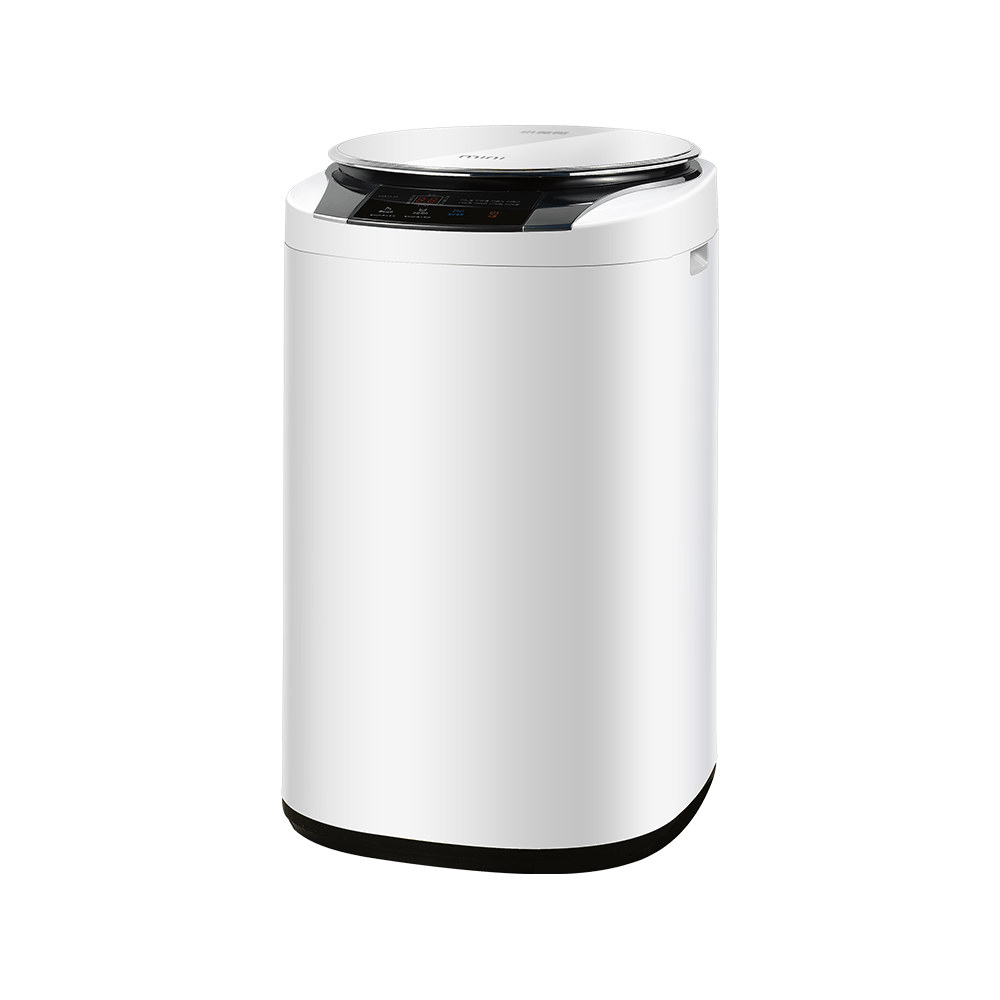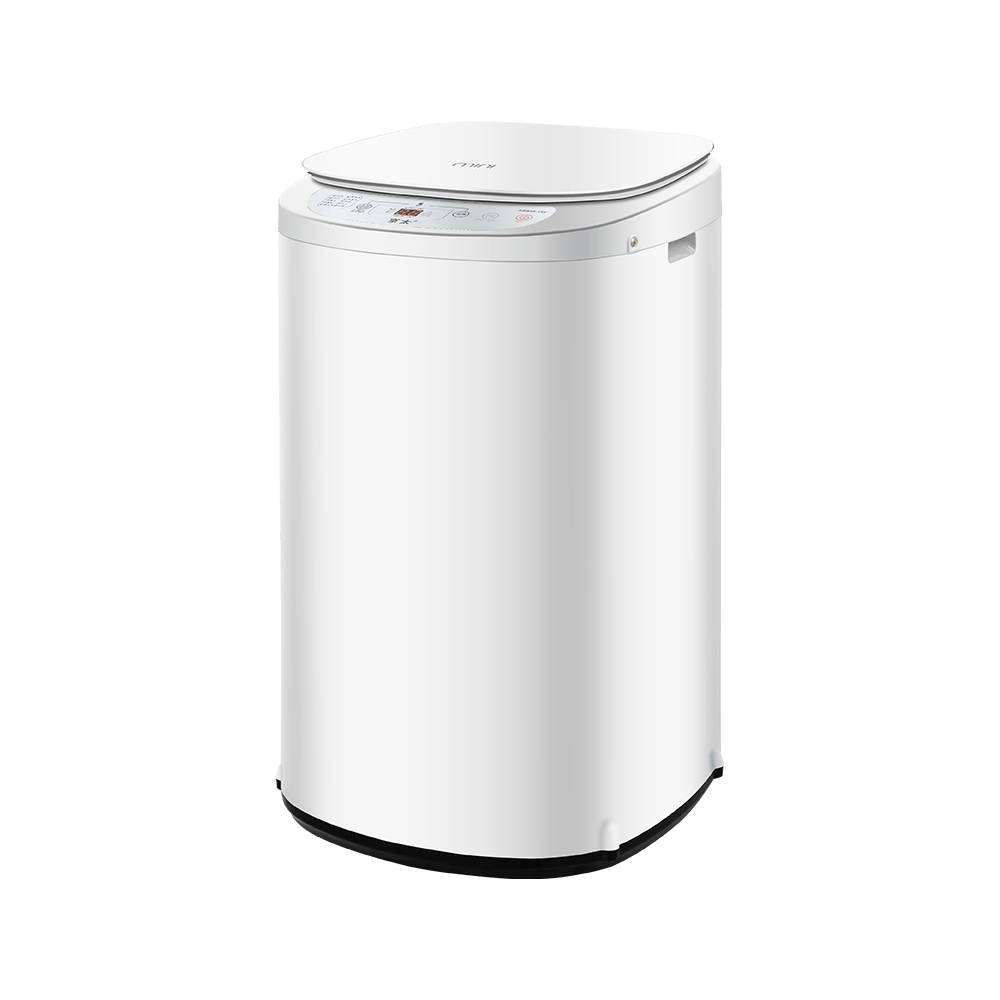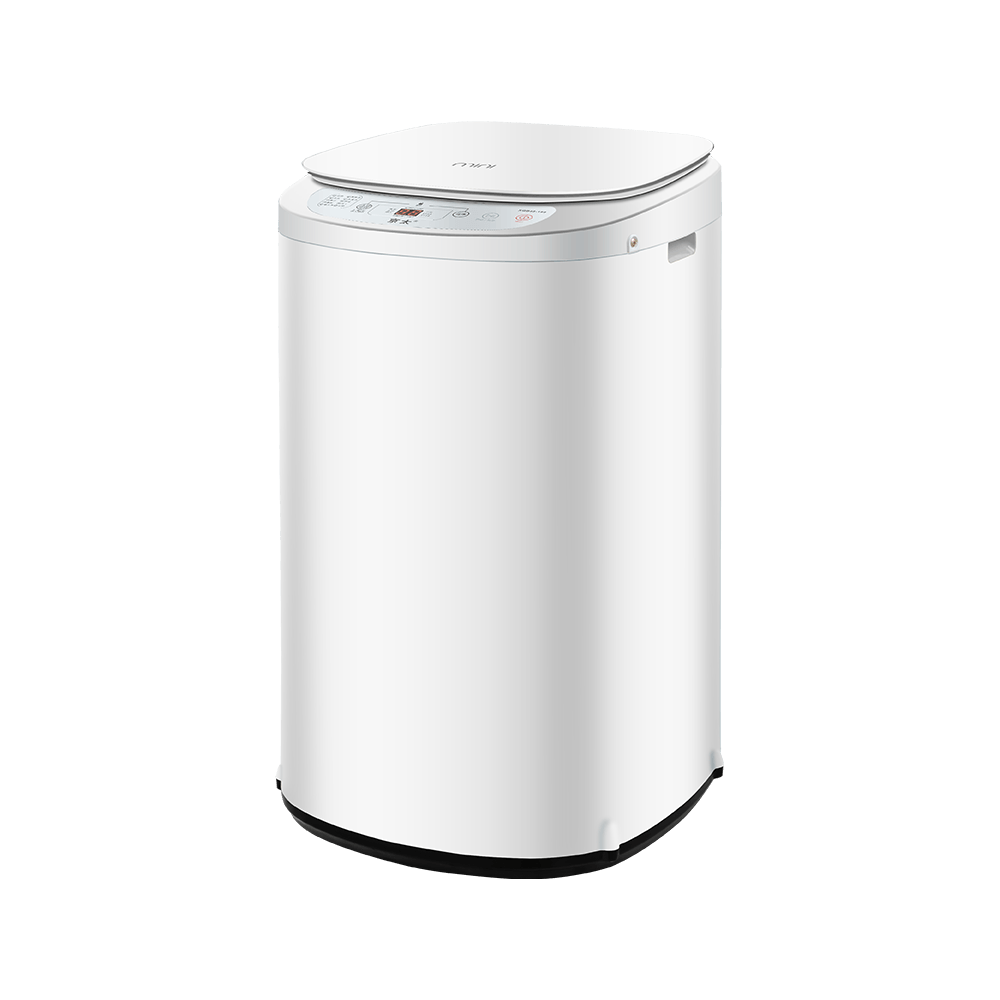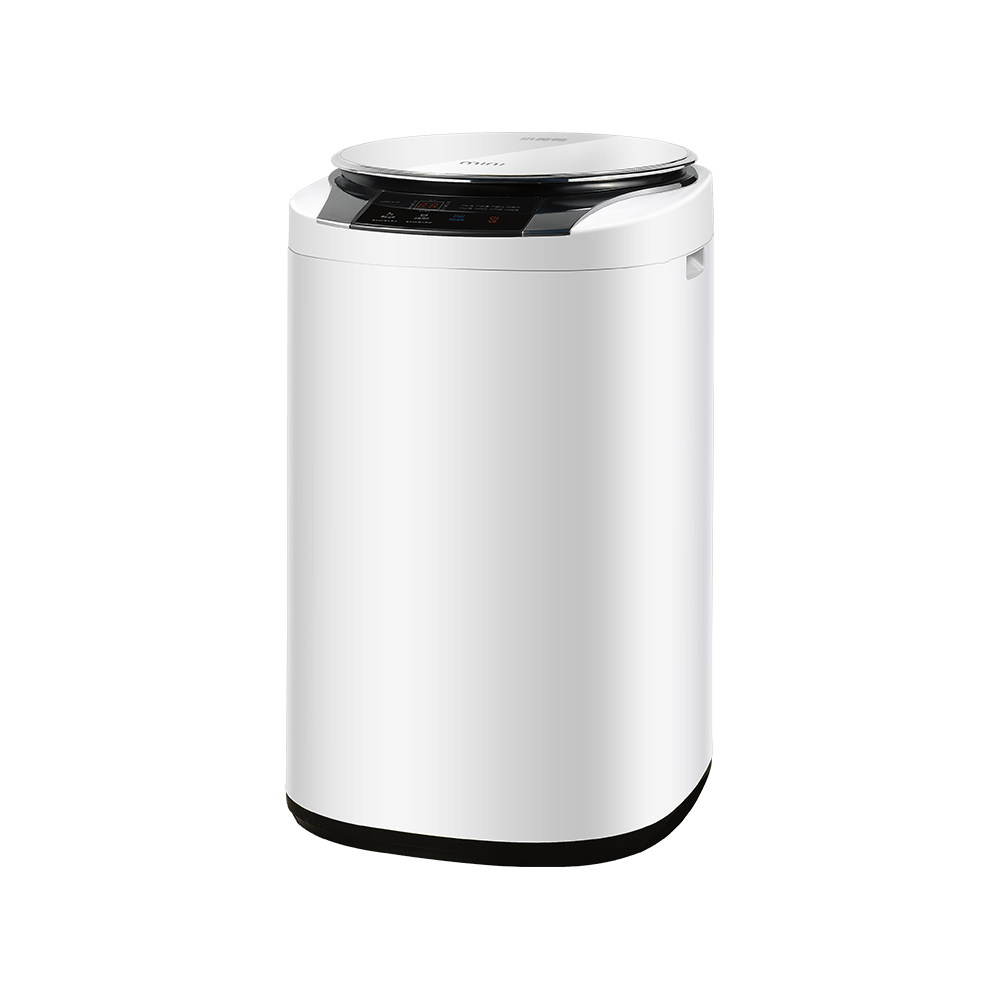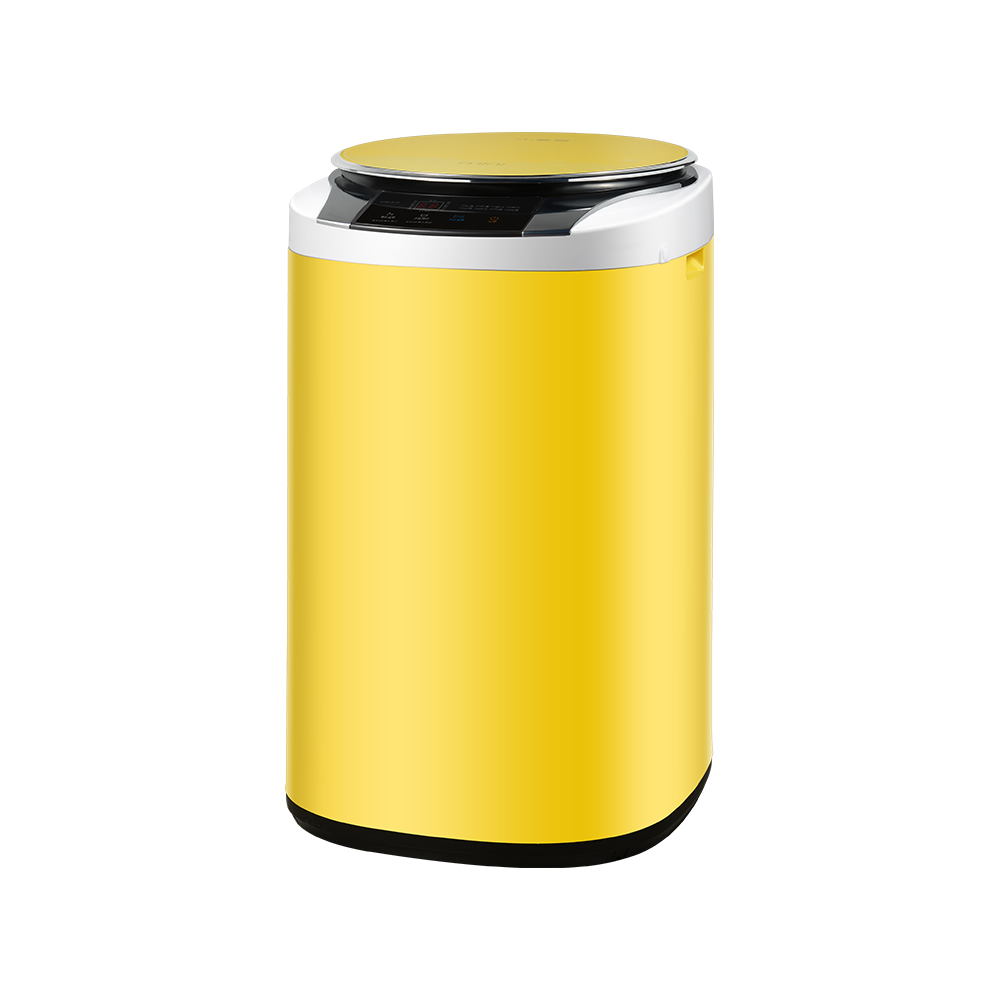As a kind of modern cleaning equipment, the fully automatic high temperature washing machine has been widely used in the industrial and commercial fields with its automation and high efficiency. In daily cleaning, energy consumption is always one of the important indicators that users pay attention to. Compared with traditional cleaning methods, fully automatic high temperature washing machines have shown obvious advantages in energy consumption control. Traditional cleaning methods mostly use manual operation and normal temperature water or chemical solutions for cleaning. Although this type of method has a low initial investment, due to the unstable operation process and limited cleaning efficiency, it often requires repeated rinsing to achieve the ideal cleaning standard. Especially when dealing with workpieces with strong surface adhesion or heavy oil stains, a large amount of water, electricity and cleaning agents are required, and long-term soaking or scrubbing is combined, resulting in a significant increase in overall energy consumption. At the same time, due to the uncertainty of manual operation, it may also cause waste of water and electricity resources and excessive use of equipment.
The fully automatic high temperature washing machine effectively integrates multiple systems such as temperature control, time adjustment, water circulation, and pressure management through an integrated design concept. In actual working process, this equipment can automatically set the appropriate cleaning temperature and duration according to the material, pollution degree and cleaning requirements of the object to be cleaned, so that heat energy can be used more concentratedly. High-temperature water flow can quickly soften and peel off the oil, colloid or sediment attached to the surface, reducing the number of repeated cleaning. In this way, a higher cleaning effect can be achieved, and the entire cleaning cycle can be greatly shortened, fundamentally reducing energy consumption.
The equipment is usually equipped with a recovery and filtration device to recycle part of the used water, effectively reducing the waste of water resources while ensuring the cleaning quality. This water circulation system is both environmentally friendly and energy-saving. For long-term and large-volume cleaning tasks, it can reduce the average energy consumption per unit workpiece.
In terms of thermal energy management, high-temperature cleaning machines mostly use advanced insulation materials and energy recovery structures to avoid excessive loss of heat energy during transmission and storage. Some equipment is also equipped with an intelligent heating module, which can automatically start or stop heating according to work needs, thereby avoiding unnecessary idle consumption. In addition, the efficient drying system combined with hot air recirculation technology also further reduces the energy burden caused by repeated heating.
From the perspective of overall operation, the automated control system not only improves work efficiency, but also accurately monitors energy usage and achieves dynamic adjustment of energy consumption. Compared with the traditional operation method that relies on experience and judgment, this cleaning method based on data and program control is more scientific and energy-saving.


 English
English عربى
عربى